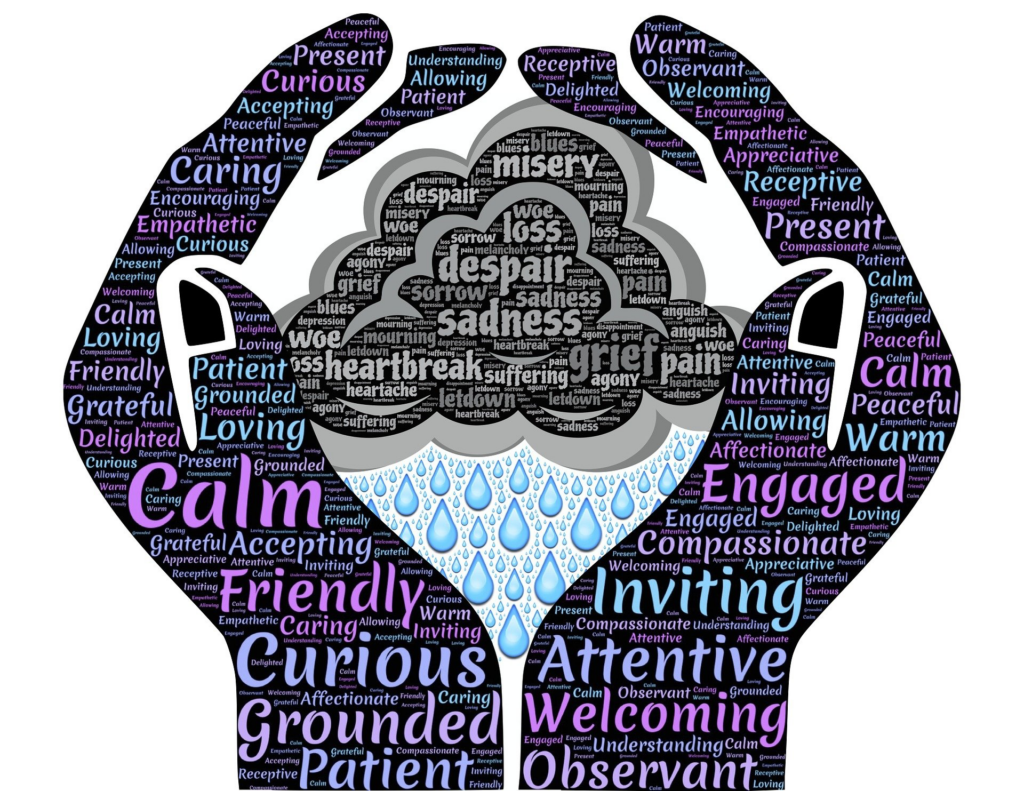Written By: Mark Neff, President & CEO of Forsyth Humane Society

Understanding Animal Hoarding: A Call for Compassion and Community Support
Animal hoarding, a distressing and complex issue that often evokes shock and concern, is a matter that urgently requires our attention. Unlike puppy mills or backyard breeders, animal hoarders accumulate more pets than they can adequately care for. This behavior is not a result of neglect or irresponsibility. Instead, it often arises from underlying mental health concerns that require sensitive support and attention.
The Mental Health Component
Animal hoarding is recognized as a mental health disorder. The individuals involved are usually profoundly attached to their pets and believe they are rescuing or caring for them. However, their inability to recognize the deteriorating conditions and the suffering of the animals is symptomatic of their mental state. Commonly, hoarders suffer from obsessive-compulsive disorder (OCD), depression, anxiety, or other psychological issues. Their actions, while harmful, are driven by a complex mix of compassion, compulsion, and denial.
The Impact on Animals
The animals in these situations endure severe neglect, suffering in overcrowded, unsanitary conditions. They face disease, malnutrition, and a lack of proper veterinary care. Despite the hoarder’s belief that they are providing sanctuary, the reality is that the animals are suffering, often silently, in conditions that can be described as inhumane. This stark reality should invoke a deep sense of empathy and concern in all of us.
Recognizing the Signs
Identifying an animal hoarding situation can be challenging, as hoarders may be secretive and reluctant to seek help. However, there are common signs to watch for:
- Overcrowding: An unusually high number of animals in a single household.
- Unsanitary Conditions: Strong odors, visible waste, and dirty living environments.
- Animal Health: Animals appearing malnourished, sick, or injured without receiving proper care.
- Owner Behavior: The individual may appear overwhelmed, defensive, or in denial about the state of their animals and environment.
Ways the Community Can Help
Addressing animal hoarding requires a compassionate, multifaceted approach involving mental health professionals, animal welfare organizations, and community support. Here are some ways the community can help:
- Raising Awareness: Educate the public about animal hoarding and its underlying causes. Understanding that it is a mental health issue can foster empathy and reduce stigma.
- Reporting Concerns: If you suspect an animal hoarding situation, report it to local animal control or humane society. Early intervention can prevent suffering for both the hoarder and the animals.
- Offering Support: Compassionate support is crucial. Community members can assist by helping hoarders access mental health services and resources for proper animal care.
- Creating Resources: Developing community resources such as hotlines, support groups, and informational materials can assist those struggling with hoarding tendencies.
- Legal and Social Services: Collaboration between animal welfare groups, social services, and legal authorities can create comprehensive intervention plans. This might include mandated mental health treatment and supervised animal care or rehoming.
- Follow-up Care: Ensuring long-term support for individuals after initial intervention is vital. Continuous mental health care and monitoring can prevent relapse and help hoarders maintain healthier environments.
Compassion and Action
Animal hoarding is a complex issue that necessitates a compassionate response. By recognizing it as a mental health concern, we can shift our approach from judgment to support, ensuring better outcomes for both the individuals and the animals involved. As a community, we can make a significant difference by fostering understanding, offering resources, and creating a support network. Together, we can address the root causes of animal hoarding and help those affected to lead healthier, happier lives.

